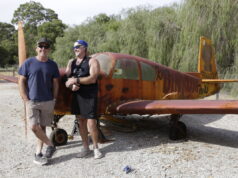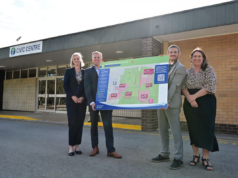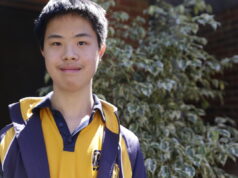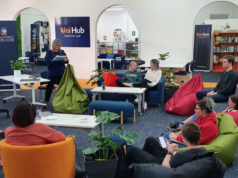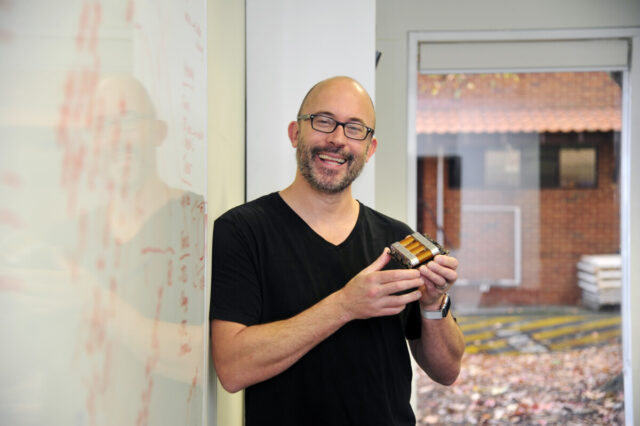
Curtin University is celebrating a groundbreaking achievement this week as three satellites designed and built by its staff and students having reached the International Space Station (ISS) on Tuesday.
This historic milestone is the first time a Western Australian business payload has left the Earth’s atmosphere.
The Binar (pronounced BIN-nah, the Noongar word for Fireball) 2,3, and 4 satellites launched from NASA’s Kennedy Space Centre Florida on Sunday, carrying scientific instruments from Australia’s CSIRO and Perth-based AVI, making it the first instance of a WA business sending equipment into space.
The ‘CubeSats’ are each just 10 centimetres on each side, weigh only 1.33 kilograms and took three years to build.
In August 2021, the original Binar-1 satellite made history by becoming the first WA satellite to enter orbit around the Earth.
The Space Program seeks to establish Western Australia as a frontrunner in the rapidly growing Australian space sector, with its goal to facilitate the construction and operation of Binar satellites on a large scale, supporting the country’s Defence, Science, Commercial, and Civil space missions.
Binar Principal Investigator, Professor Phil Bland from Curtin University, praised the mission as a monumental achievement, expressing deep gratitude to the whole team.
“Seeing the launch of three world-class spacecraft, designed and built right here by Curtin students and staff and carrying WA industry payloads is mind-blowing,” Professor Bland said.
Professor Bland hopes through the success of the mission and the ‘Binar in High Schools’ outreach program, will inspire the next generation of space scientists In WA.
“It shows if you have dreams which are out of this world, whether you’re part of a local business or harbouring hope for a career in the space industry, you no longer need to leave WA to reach the stars,” he said.
Curtin University said the savings from this technology, which compresses the complex IT systems needed for a spacecraft into a single core, will reduce space technology’s costs by allowing for larger payloads.
As there is no current constellation of satellites orbiting the Moon for precise location data or lunar observation and mapping, the future vision for Binar technology is to play a pivotal role in lunar exploration through their Binar Prospector project.


